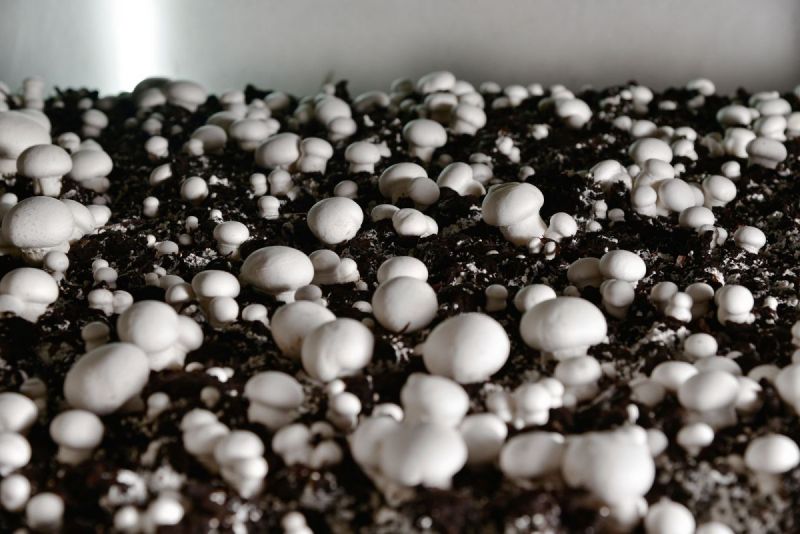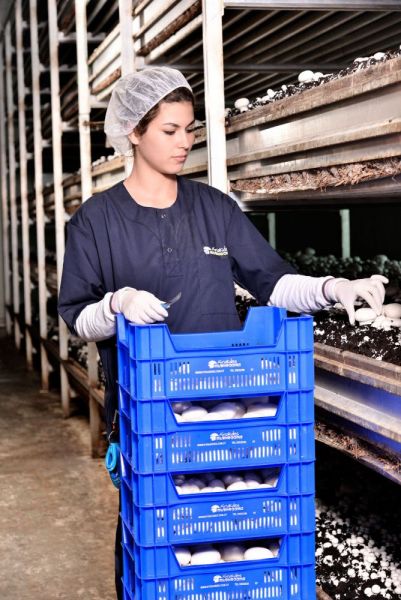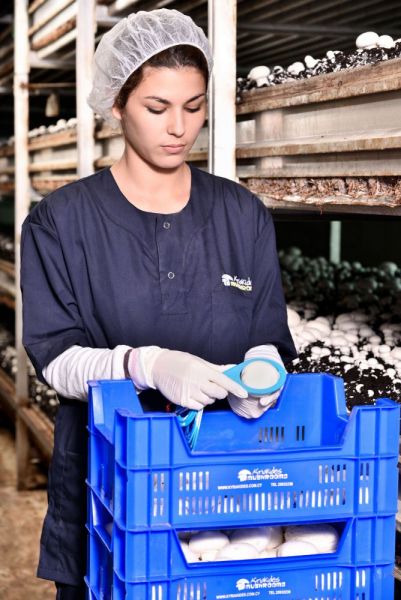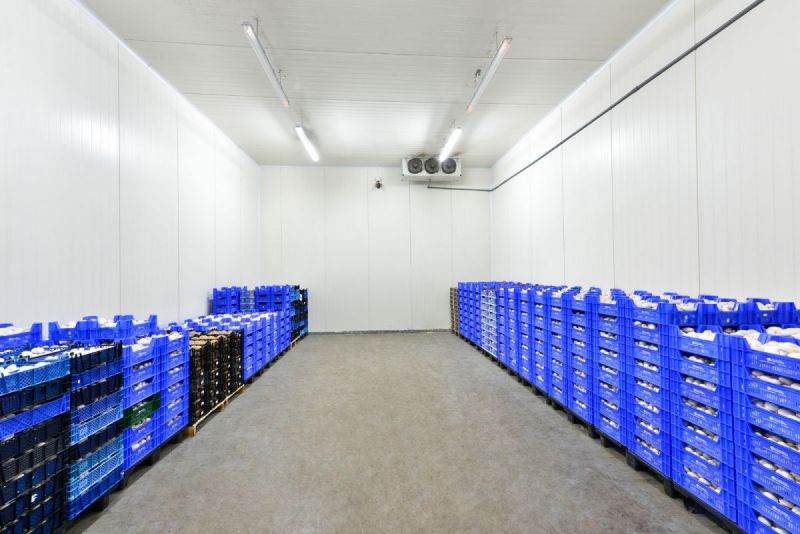Mushrooms and weight control
Mushrooms are ideally suited for weight control as they are low in fat and calories. A single serving of mushrooms
(around 100g or three button mushrooms) has only 18 kcals.
In addition, mushrooms make you feel fuller for longer resulting in a decrease in food intake. In 2008 researchers from Johns Hopkins University published a study which confirmed that substituting meat with button mushrooms increased the satiety (feeling of fullness) of the meal. Study participants that substituted meat with mushrooms found that they were able to regulate their body weight more easily. On top of that, although the mushroom meal was only about 100 calories less than the meat meal, consumers actually ate 379 fewer calories a day over four days! [Cheskin 2008, Poddar 2013]
This suggests that mushrooms have a powerful ability to make a meal more filling.
Mushrooms are also low energy density as they contain fewer calories per serving. Rather than trying to starve yourself by eating fewer calories to lose weight, it’s a good idea to focus on eating meals that have fewer calories per serving.
Low energy dense foods are high in water and low in fat, as is the case with mushrooms, fruits and vegetables. The table below compares the energy density of various foods. Interestingly, mushrooms are one of the lowest energy dense foods available!
In truth, most people find that it’s easy to gain weight but losing it can be quite a challenging task. Put simply, we generally gain weight when we eat more calories than our body requires for maintaining its weight. So, to lose any excess body fat we will have to eat fewer calories than we burn. There are three ways to achieve that:
- Eat fewer calories by changing your diet;
- Burn more calories by being more active; or/and
- A combination of the above
In reality, a combination of dietary change and leading a lifestyle that’s more active is the most efficient way to succeed in weight management. And, as described above, the humble mushroom can be a significant part of that success.
References:
- Poddar, K. H., et al. Positive effect of mushrooms substituted for meat on body weight, body composition, and health parameters. A 1-year randomized clinical trial. Appetite (2013).
- Cheskin L.J., et al. Lack of energy compensation over 4 days when white mushrooms are substituted for beef. Appetite (2008).





